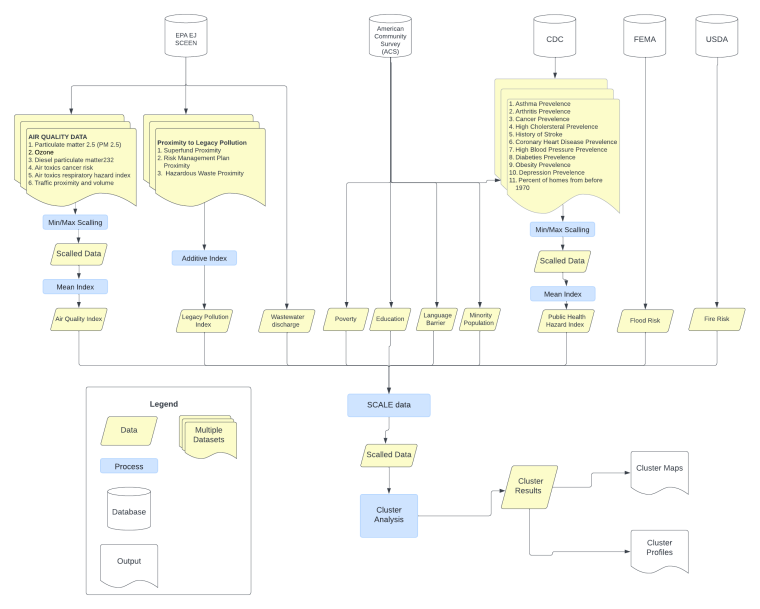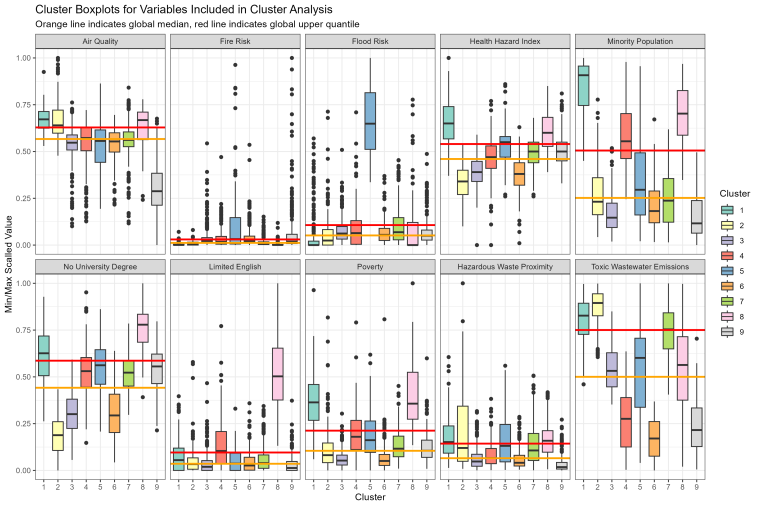Richard Barad
I am graduating from the Master of Urban Spatial Analytics Program (MUSA). As a MUSA student, I have enjoyed strengthening my Python and R skills and learning how to apply machine learning to public policy issues. This work highlighted in the links provided is from my MUSA capstone project, which focused on using cluster analysis techniques to analyze environmental justice issues in the Delaware River Basin. The project study area covers the New Jersey, Delaware, and Pennsylvania sections of the Basin and uses k-means cluster analysis techniques to divide the census tracts in the study area into nine clusters. Each cluster contains census tracts with similar socio-economic, public health, and environmental vulnerabilities and identifies areas with compounding vulnerabilities. The results can be used by decision makers to help target limited financial resources towards areas with the greatest number of vulnerabilities. The datasets used are published by federal government agencies including the United States Census Bureau, Center for Disease Control (CDC), Environmental Protection Agency (EPA), the United States Department of Agriculture (USDA), and the Federal Emergency Management Agency (FEMA).




